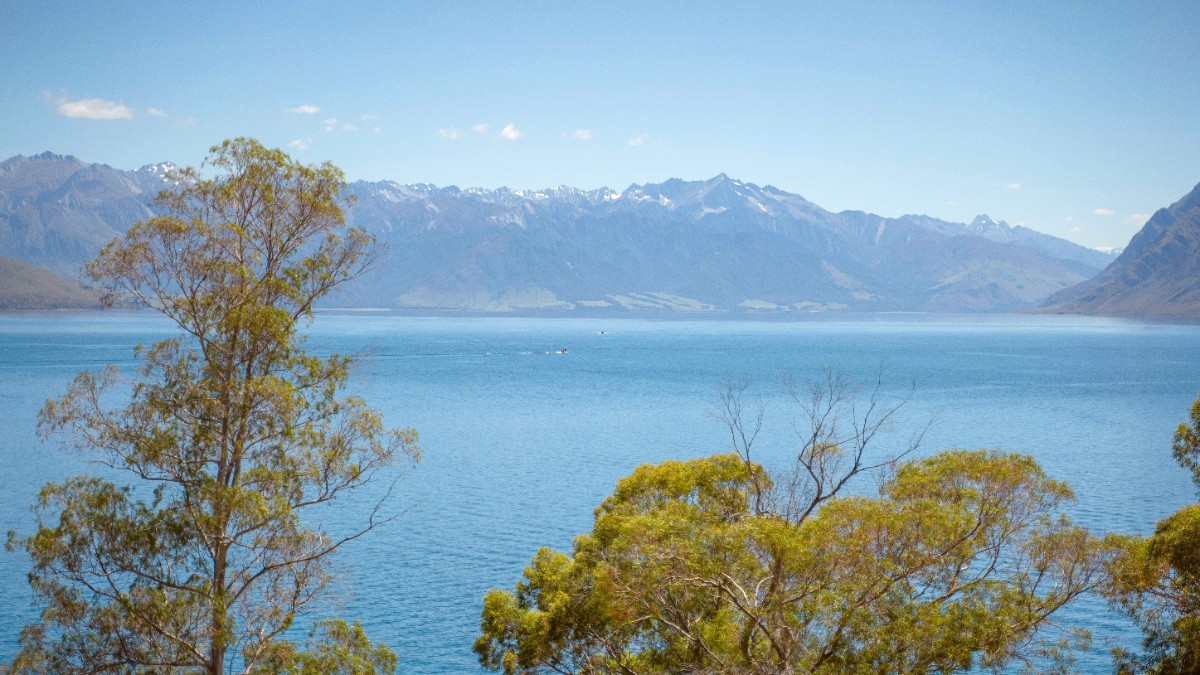
Queenstown And Wanaka, New Zealand
Lake Wanaka, New Zealand's fourth-largest lake, was formed by glacial erosion. Its pristine waters are central to the town's identity and recreation. The lake's clear blue waters reflect the surrounding mountains.
Mount Aspiring National Park, an UNESCO World Heritage Site, encompasses a vast wilderness area around Wanaka. It features dramatic mountain landscapes, glaciers, and alpine valleys, forming a backdrop for many outdoor activities.
Wanaka's cultural institutions offer insights into local heritage and artistic endeavors.
The region's gold mining history is reflected in nearby Arrowtown and Cromwell, rather than Wanaka directly.
The National Transport and Toy Museum features military vehicle exhibits.
While Wanaka itself has limited 'historical districts,' the preservation of buildings like the Cardrona Hotel showcases past eras.
Local efforts attempt to preserve the natural and historical character of the area for future generations.
Wanaka's stunning natural environment affords countless opportunities for sightseeing and appreciation.
Numerous public parks line the lakefront and extend throughout the town, suitable for picnics, relaxation, and gentle strolls.
A popular challenging day hike (16km return, 5-6 hours) affording iconic panoramic views of Lake Wanaka, Mount Aspiring, and surrounding peaks. It requires good fitness. The access road is off Mount Aspiring Road.
Affords various loop options (easy to moderate) with excellent views of Lake Wanaka and the Southern Alps. Located approximately 20 minutes from Wanaka.
A larger, quieter lake just 15 minutes drive from Wanaka. It features equally stunning scenery and less crowded spots for photography or quiet reflection.
A picturesque bay on Lake Wanaka, popular for camping, swimming, and picnics.
A nature reserve in Lake Wanaka accessible by boat tour, home to the rare Buff Weka (a flightless bird). This presents an unique opportunity to see native wildlife in a protected environment.
These natural areas form the essence of Wanaka's beauty, offering various landscapes for exploration and appreciation.
Birdwatching is possible along the lakefront and in local parks, where you might spot native birds.
Blue Pools Walk: (approx. 1 hour drive north of Wanaka) An easy walk (1.5 hours return) to stunning turquoise glacial pools with swing bridges.
Lake Wanaka is central to recreation, affording swimming, kayaking, stand-up paddleboarding, and boat tours. Its many bays present inviting spots for relaxation.
Always check weather conditions and track accessibility before venturing into natural areas. Respect the natural environment.
Venture beyond the most popular spots to discover Wanaka's quieter, equally rewarding hidden gems.
These less-frequented spots afford unique experiences and stunning views away from the crowds.
Discover lesser-known spots favored by locals and explore beyond the usual itinerary.
Capture unique shots at various jetties or from elevated points like Isthmus Peak.
The diverse terrain and weather patterns present endless creative photography possibilities.
Embark on trails like Rob Roy Glacier for challenging hikes and untouched landscapes.
These trails afford profound immersion in Wanaka's wilderness.
Venture into the Makarora Valley for profound wilderness immersion.
These areas are for those willing to venture further and explore more remote landscapes.
Some hidden gems, like Rob Roy Glacier track, may have seasonal access restrictions or require specific vehicle types.
Always carry adequate supplies and inform someone of your plans when venturing into remote areas.
Leave no trace and observe local regulations to preserve these pristine environments.